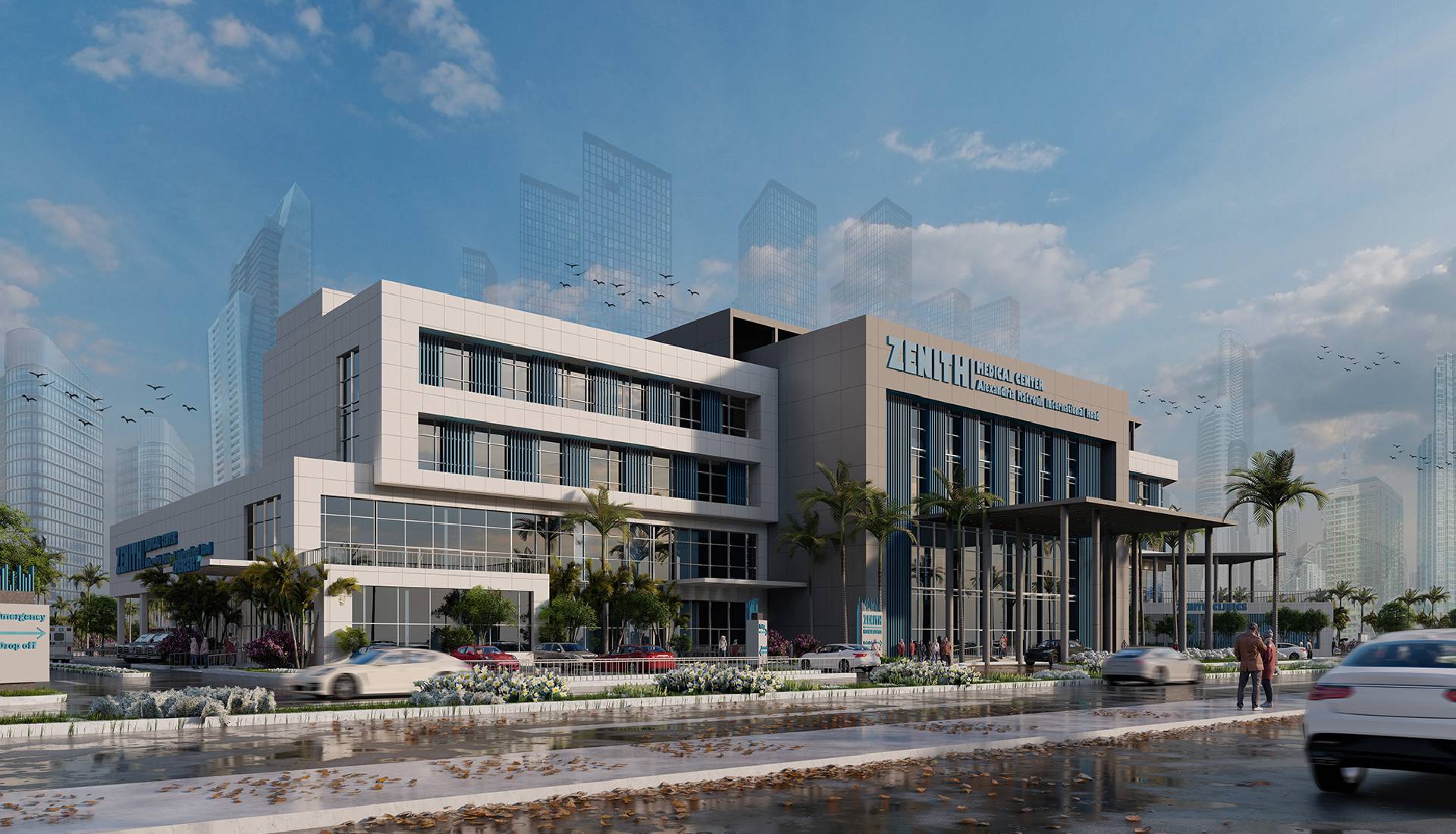
HOSPITAL DESIGN HUB Top Strategies for Modern Hospital Design in Iraq
Top Strategies for Modern Hospital Design in Iraq
Introduction
As the healthcare sector in Iraq continues to evolve, modern hospital design is crucial to meet the demands of both patients and healthcare providers. Innovative design strategies are essential for creating functional, efficient, and patient-centered hospitals. This article highlights the top strategies for modern hospital design in Iraq, emphasizing key factors that contribute to effective and sustainable healthcare facilities.
1. Prioritizing Patient-Centered Design
A patient-centered approach ensures that the needs and comfort of patients are at the forefront of hospital design. Key strategies include:
- Private Patient Rooms: Enhancing privacy and comfort by providing individual rooms with private amenities.
- Healing Environments: Integrating natural light, calming colors, and access to outdoor spaces to create a therapeutic atmosphere.
- Flexible Layouts: Designing adaptable spaces that can accommodate various patient needs and care levels.
2. Incorporating Advanced Technology
The integration of advanced technology is transforming hospital operations and patient care. Effective strategies involve:
- Smart Building Systems: Implementing automated lighting, temperature control, and energy management systems to improve efficiency.
- Telemedicine Integration: Designing spaces equipped for virtual consultations and remote monitoring.
- Robotic and AI Solutions: Incorporating robotics for surgeries and AI for diagnostics and operational efficiency.
3. Ensuring Sustainability
Sustainable design practices are crucial for minimizing environmental impact and reducing operational costs. Key strategies include:
- Energy Efficiency: Utilizing energy-efficient systems, including LED lighting, solar panels, and high-performance HVAC systems.
- Sustainable Materials: Selecting eco-friendly and locally sourced building materials.
- Water Conservation: Implementing low-flow fixtures and rainwater harvesting systems to manage water usage.
4. Enhancing Infection Control Measures
Effective infection control is vital in preventing the spread of diseases within hospitals. Strategies include:
- Antimicrobial Surfaces: Using materials that resist bacterial and viral contamination.
- Improved Ventilation Systems: Installing advanced air filtration and circulation systems to ensure a clean and healthy environment.
- Touchless Technology: Integrating touchless fixtures and automated doors to minimize contact points.
5. Optimizing Workflow Efficiency
Efficient workflows are essential for smooth hospital operations and effective patient care. Strategies to consider include:
- Streamlined Layouts: Designing functional layouts that facilitate easy access between departments and minimize unnecessary movement.
- Centralized Services: Consolidating support services like labs and pharmacies to enhance operational efficiency.
- Digital Integration: Utilizing electronic health records (EHR) and other digital tools to streamline administrative tasks.
6. Promoting Community Engagement
Modern hospitals should serve as community hubs, integrating with their local environment and offering accessible services. Key strategies include:
- Community Spaces: Designing areas for community events, health education, and outreach programs.
- Accessibility Features: Ensuring that the hospital is accessible to all individuals, including those with disabilities.
- Local Partnerships: Collaborating with local organizations and businesses to support health initiatives and community welfare.
7. Emphasizing Flexibility and Adaptability
The ability to adapt to changing healthcare needs and future expansions is crucial. Strategies include:
- Modular Design: Utilizing modular construction methods that allow for easy reconfiguration and expansion.
- Expandable Facilities: Designing structures that can be expanded as needed without significant renovations.
- Multi-Functional Areas: Creating spaces that can serve multiple purposes and adapt to various uses over time.
Conclusion
Modern hospital design in Iraq requires a balance of patient-centered approaches, advanced technology, sustainability, and efficiency. By implementing these top strategies, hospitals can enhance patient care, streamline operations, and create environments that are both functional and welcoming. As the healthcare landscape continues to evolve, these design principles will play a crucial role in shaping the future of healthcare facilities in Iraq.
This article is structured to be both informative and engaging, optimized for search engines with a focus on key strategies for modern hospital design in Iraq.




